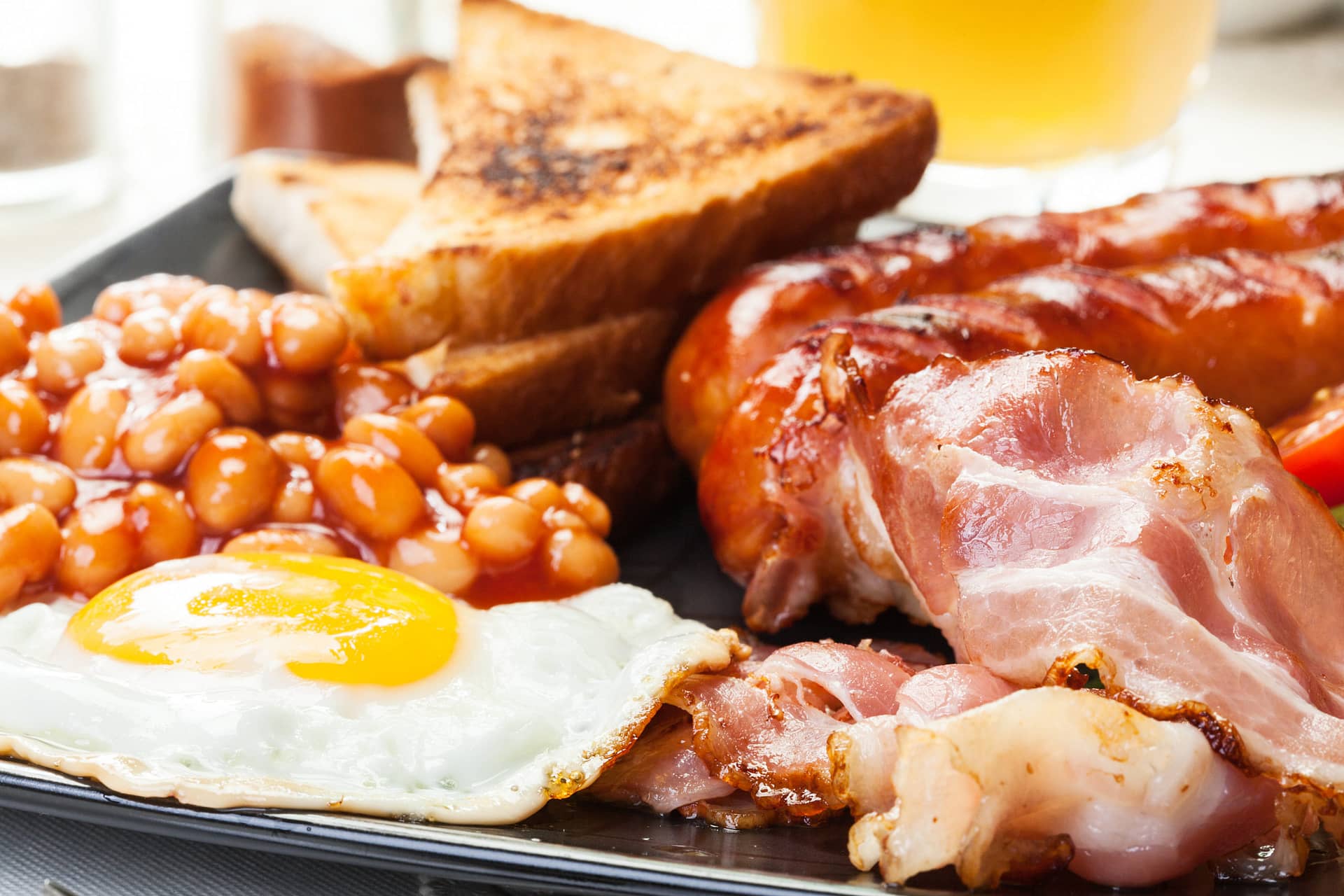
We’re big foodies here at Kitchen by Liquid and, in particular, we do love a good breakfast! So much so, we serve it in the Liquid HQ every day. We are absolutely delighted to see the holy grail of breakfasts, the full English, rightfully recognised with English Breakfast Day, celebrated annually on 2nd December.
What so many admire about the English breakfast is having the option to pick and choose the different elements to make each person’s perfect combination. At Kitchen by Liquid, we see a big comparison between us and the heartiest of breakfasts. In the same way that the classic fry up has a variety of options and combinations, we offer a multitude of different services tailored to each client’s needs.
Whether you prefer fried bread and bacon or scrambled egg and sausage; venue hire and recipe development or cookery classes and food styling, we’re sure the combination will go down a treat. One thing for sure is, a traditional English breakfast or working with us at Kitchen by Liquid both come with a good cup of tea.
Standing the test of time, the classic fry up has been popular for generations, but do you know how it became so popular? What the original staples were? How people around the UK prefer it?
Let’s fry up our knowledge and answer the (hopefully not) burning questions:
The full English is internationally infamous as a classic British dish and can be traced back as far as 1300s. The tradition was started by gentries in the 14th century, who saw breakfast as the most important meal of the day and wanted it to be lavish…quite right too in our opinion!
During the industrial revolution, the dish became more widely popular since manual workers sought a filling meal before their long day of work, meanwhile the dish remained popular amongst the upper class as it fuelled them before a long day of hunting.
By the time Queen Victoria took to the throne, the fry up was more popular than ever with wealthy Victorians seeing it as an opportunity to show off their riches. Eggs, bacon and sausage were already a staple in the meal at this point but would often be accompanied by lavish ingredients including baked halibut, sheep’s tongues and kidneys on toast. From this point onwards, its popularity only grew with it being the go-to choice for many on a daily basis, even in the 1950s, as it was so filling before work.
While the English breakfast is the most well-known, the other home nations all have their preferences and variations. In Ireland, soda bread is a popular swap in the place of regular toast, whereas Scottish variations often feature the square shaped Lorne sausage. Traditionally, Welsh breakfasts feature cockles, a type of clam, and laverbread, which is made from seaweed, in homage to the coastal Welsh cuisine.
Let us know on social media what your favourite part of a classic English breakfast is or visit www.weareliquid.com to find out more about us.
